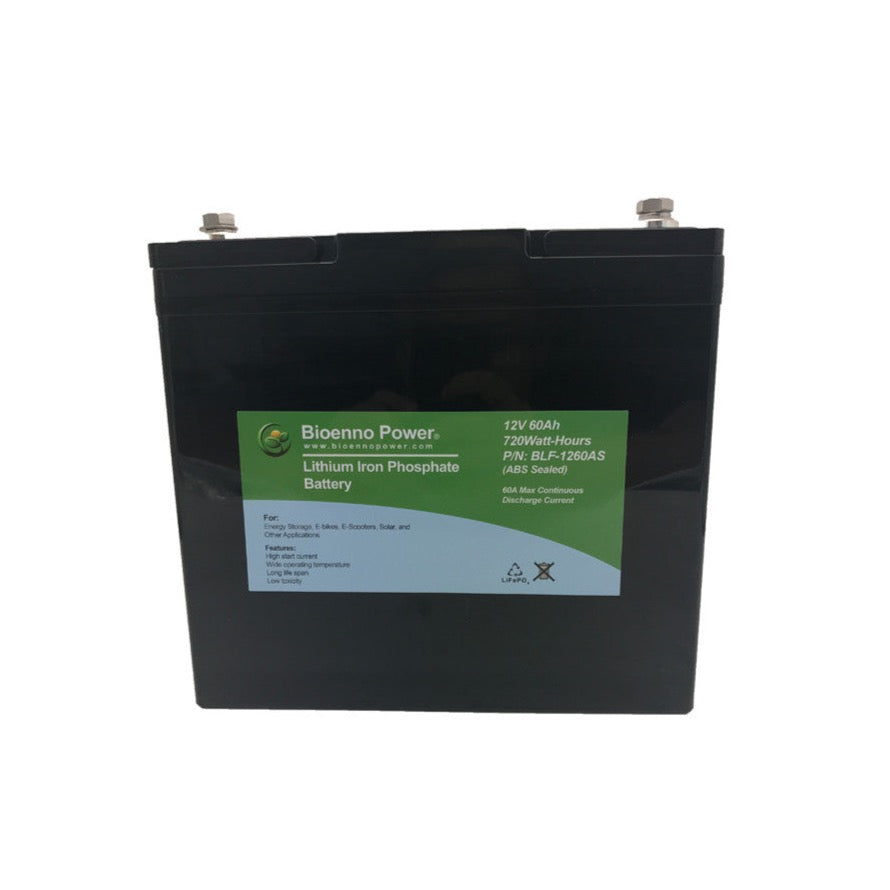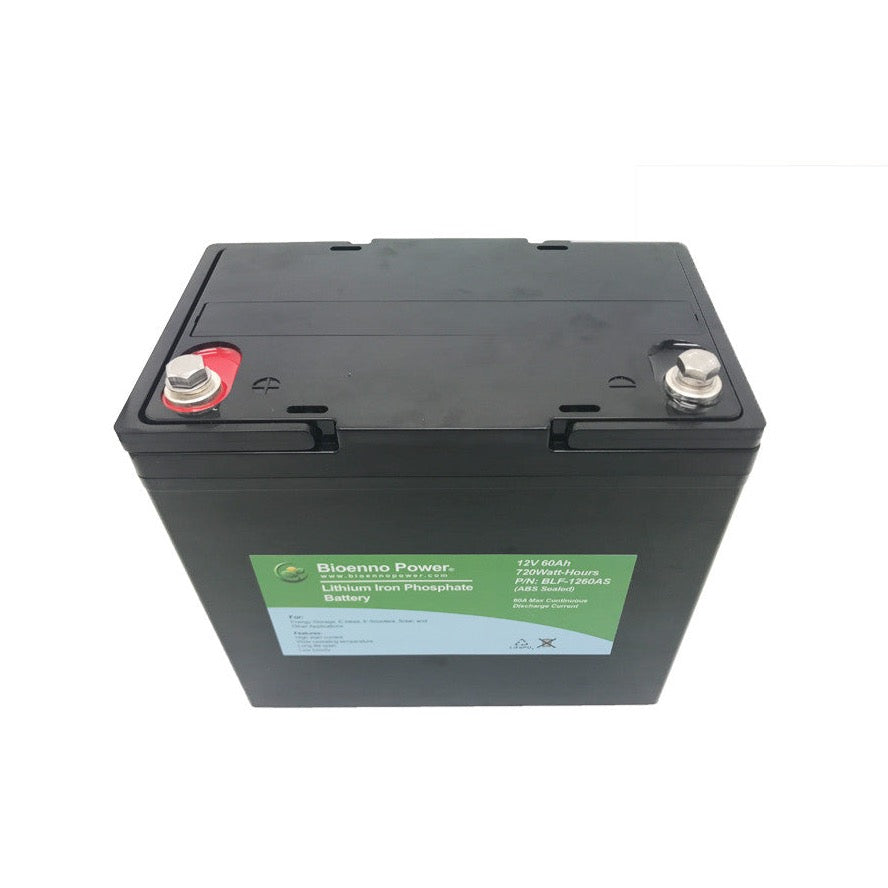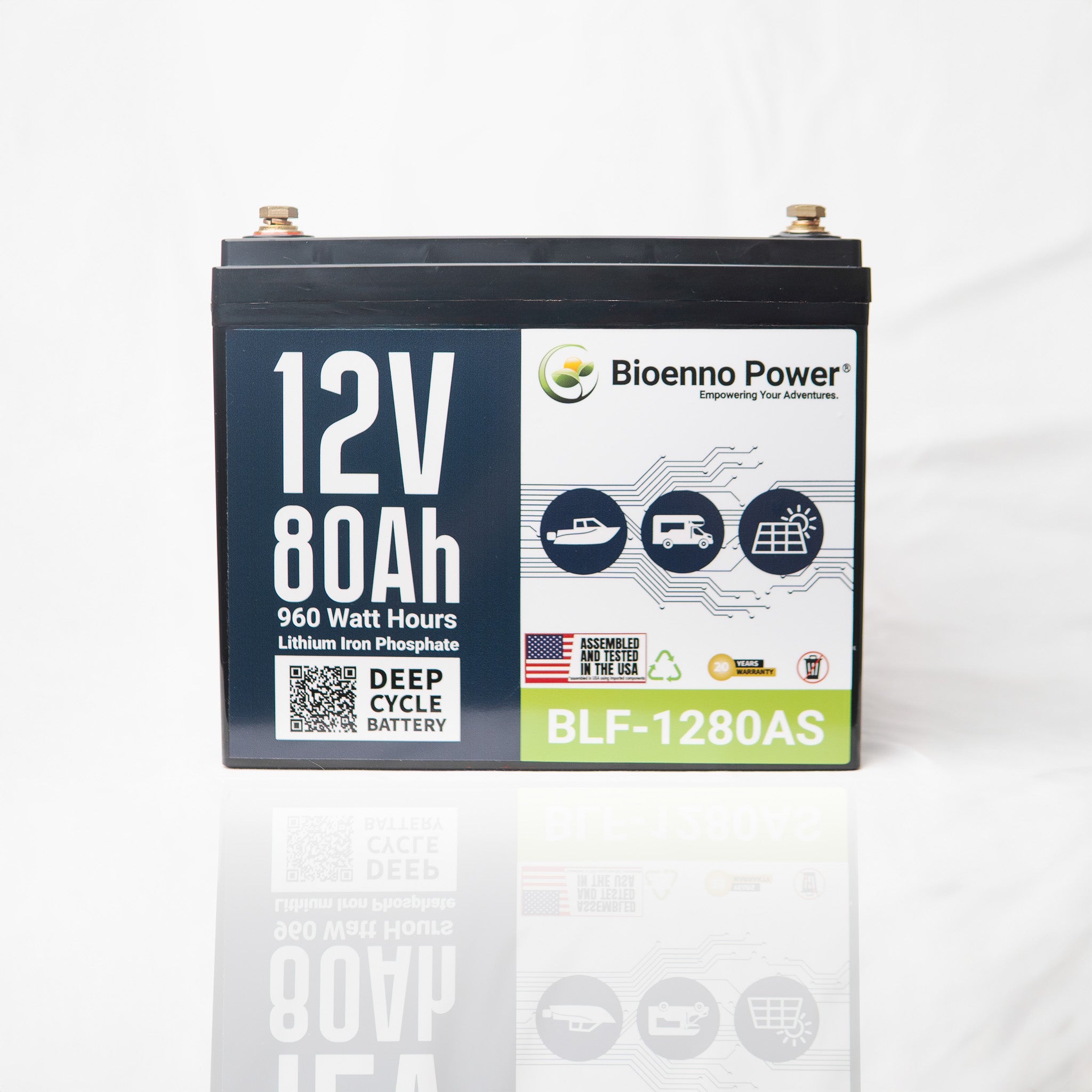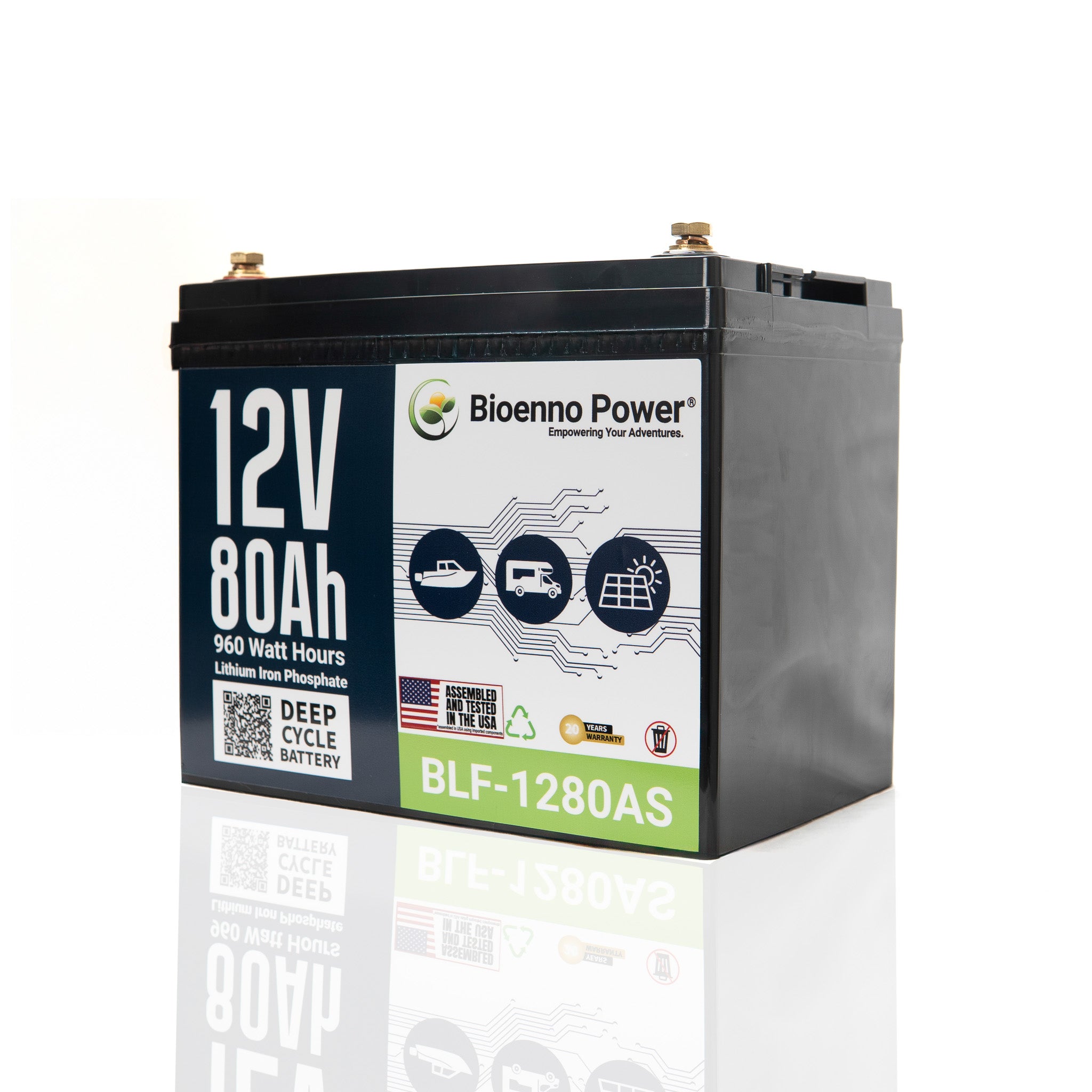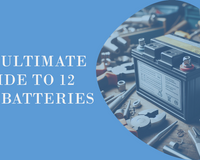Power Your Campsite Without the Noise

Picture this: You’re deep in the forest or parked beside a quiet mountain lake. No hookups. No cell service. Just you, nature — and a fridge full of food that needs to stay cold.
If you’ve ever run out of power while camping, you know how limiting it can be. Gas generators are loud, smelly, and not welcome everywhere. But building your own portable solar battery kit gives you quiet, clean, and reliable energy — and it’s easier than you think.
In this guide, we’ll show you:
-
What components you need
-
How to choose the right battery
-
How to wire it all together
-
And why LiFePO₄ batteries from Bioenno Power are ideal for the job
Whether you're powering lights, a fan, a fridge, or a radio, this DIY kit will keep you running — off-grid and in control.
What Is a Portable Solar Battery Kit?
A portable solar battery kit is a compact, self-contained power system designed to charge from the sun and power your devices and appliances, anywhere you camp.
It typically includes:
-
A solar panel to capture sunlight
-
A solar charge controller to manage voltage
-
A battery to store energy
-
Optional inverter for AC devices
-
Cables, fuses, and connectors
These kits are ideal for:
-
Tent camping
-
Overlanding
-
Car camping
-
Emergency preparedness
Unlike built-in RV systems, this kit is modular, scalable, and easy to carry.
Step 1: Choose the Right Battery (LiFePO₄ Recommended)
At the heart of any solar kit is the battery. For camping and portable use, LiFePO₄ (Lithium Iron Phosphate) batteries are the top choice.
Why Choose LiFePO₄?
-
Lightweight – Up to 70% lighter than lead-acid
-
Long life – 2,000–5,000 charge cycles
-
High usable capacity – Use 90–100% of rated Ah
-
Safe – No off-gassing, no acid, thermally stable
-
Fast charging – Pairs perfectly with solar
Recommended Sizes for Camping:
-
20Ah – Great for charging phones, LED lights, or a small fan
-
50Ah – Run DC fridges, radios, or CPAP machines
-
100Ah – Power-hungry setups with lights, fridge, fan, and inverter
Bioenno Power offers compact, rugged LiFePO₄ batteries in all these sizes — perfect for outdoor and mobile use.
Step 2: Add a Solar Panel (Foldable or Rigid)
To keep your battery charged, you’ll need a solar panel sized to your power needs.
Types of Solar Panels:
-
Rigid panels – Higher efficiency, best for basecamp setups
-
Foldable/portable panels – Lightweight and travel-friendly
What Size Panel Do You Need?
A good rule of thumb:
For every 20Ah of battery, pair 50–100 watts of solar.
So:
-
50W panel = fine for 20Ah battery
-
100–120W panel = great for 50Ah battery
-
200W+ panel = ideal for 100Ah setups
Bioenno Power also offers solar panels and matched charge controllers, built to work with their batteries.
Step 3: Add a Solar Charge Controller
The charge controller regulates the voltage from the solar panel so it doesn’t overcharge your battery.
Choose the Right Type:
-
PWM (Pulse Width Modulation) – Simpler, budget-friendly
-
MPPT (Maximum Power Point Tracking) – More efficient, better in cloudy weather
Important:
Make sure the controller is LiFePO₄-compatible and sized to your panel’s output (e.g., 10A, 20A).
Step 4: Add Optional Components
Depending on what you want to power, you may want to add:
1. DC Output Ports
Use Anderson Powerpole, SAE, or cigarette lighter plugs to connect:
-
Fridge/freezer
-
LED lights
-
Fans or CPAP machines
2. Inverter (for AC Power)
Want to run AC devices like laptops or cameras? Add a pure sine wave inverter.
-
300W for laptops and small devices
-
600–1000W for tools or small appliances
Always choose an inverter with a low idle draw to avoid draining your battery overnight.
3. Fuses and Safety Disconnects
Protect your battery and wiring with inline fuses or circuit breakers between:
-
Solar panel and charge controller
-
Charge controller and battery
-
Battery and output devices
Step 5: Put It All Together (Simple Wiring Overview)
Here’s the basic connection flow:
Use quality connectors and the right wire gauge for your expected amperage. If you’re unsure, Bioenno Power offers plug-and-play solutions with pre-wired connectors.
FAQs: Portable Solar Battery Kits for Camping
Can I run a fridge from a solar battery kit?
Yes — with the right battery and solar input. A 12V 50Ah or 100Ah LiFePO₄ battery can run a DC fridge for 12–24+ hours depending on efficiency.
How long does it take to charge the battery with solar?
A 100W panel can charge a 50Ah battery in about 6–8 hours of full sun. MPPT controllers improve efficiency, especially in variable light.
Is LiFePO₄ safe for camping use?
Yes — it’s non-toxic, non-flammable, and sealed. No leaks, no off-gassing — safe for tents, vehicles, and cabins.
Can I build this kit myself?
Absolutely. With basic tools and a good guide (like this one), you can build your own system. Or choose pre-wired components from trusted brands like Bioenno Power.
Power Your Next Trip with Confidence

Building your own portable solar battery kit gives you freedom — to camp longer, travel farther, and unplug without compromise.
With a reliable LiFePO₄ battery from Bioenno Power, paired with a solar panel and charge controller, you can keep everything powered — from your phone and lights to your fridge and radio — all without needing a noisy generator.
Whether you're a weekend camper or a full-time overlander, investing in quality gear pays off every time you leave the grid.
Ready to build your kit?
Explore Bioenno Power’s portable energy solutions to get started with components you can trust in the wild.
Quiet, clean, and built for the outdoors.
That’s the power of the right setup.


